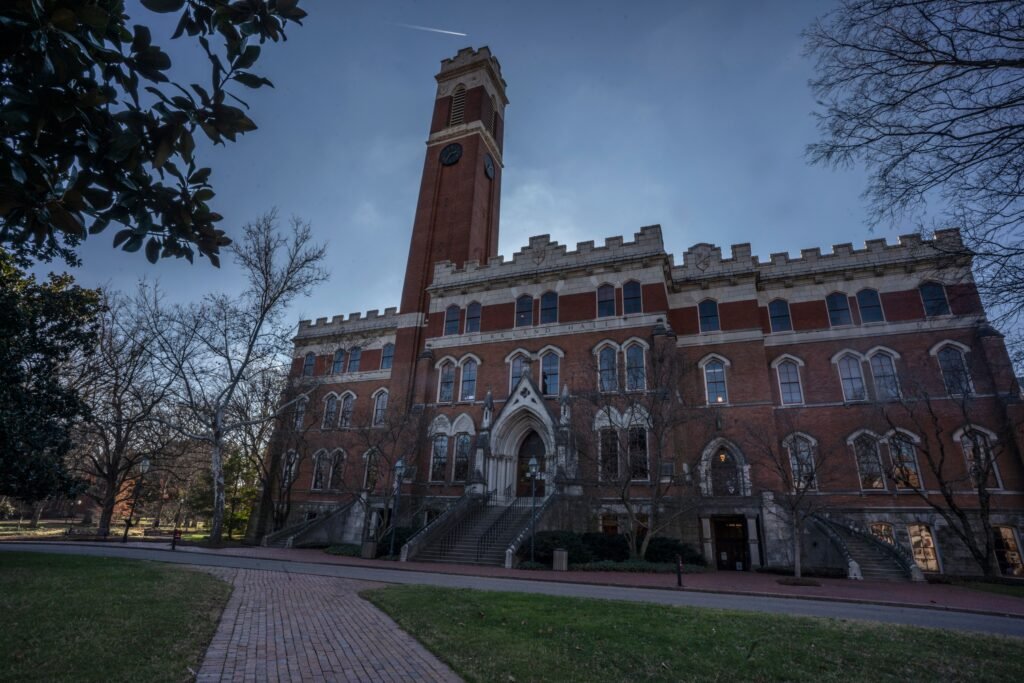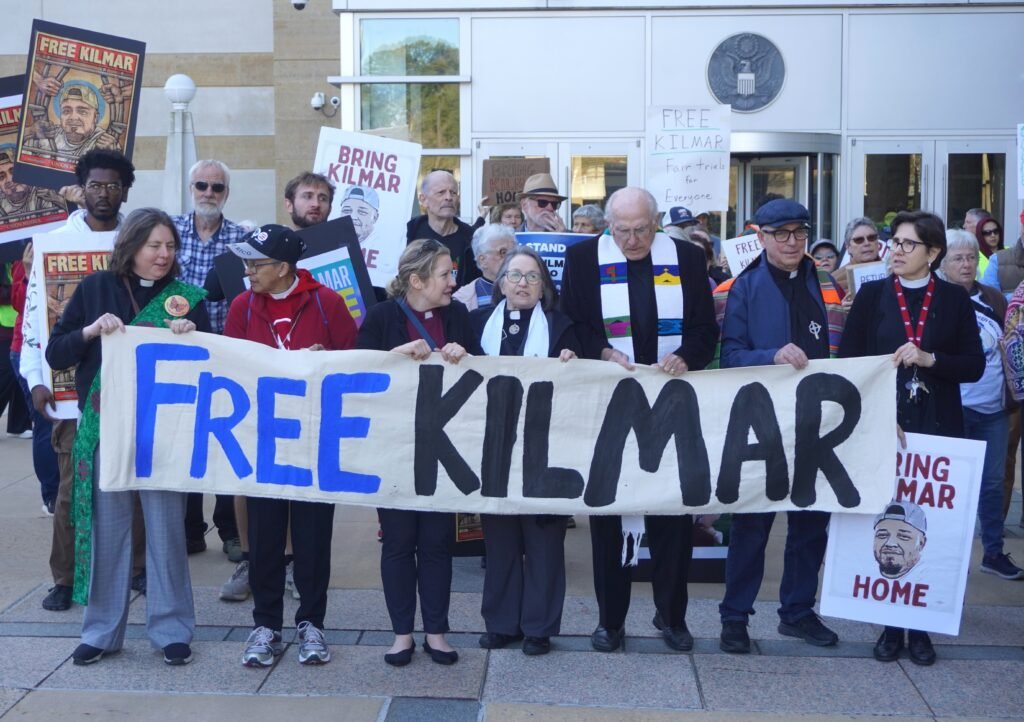| region | position | project | funds (million) |
|---|---|---|---|
| Alaska | Alaska | twenty one | $386.1 |
| Eastern | Alabama, Arkansas, Connecticut, Delaware, District of Columbia, Georgia, Florida, Illinois, Indiana, Kentucky, Louisiana, Maine, Maryland, Massachusetts, Missouri, Mississippi, New Hampshire, New Jersey, New York, North Carolina, Ohio, Pennsylvania, Rhode Island, South Carolina, Tennessee, Vermont, Virginia, West Virginia | 12 | $35.5 |
| eastern oklahoma | Oklahoma (East) | 6 | $150.2 |
| great plains | Nebraska, North Dakota, South Dakota | Ten | $126.2 |
| Hawaii | Hawaii | 1 | $17.2 |
| Midwest | Iowa, Michigan, Minnesota, Wisconsin | 11 | $77.3 |
| navajo | Navajo (surrounded by Arizona, Colorado, New Mexico, and Utah) | 2 | $84.1 |
| northwest | Idaho, Montana (West), Oregon, Washington | 12 | $137.9 |
| Pacific | California, Nevada (Southwest) | 18 | $154.7 |
| rocky mountain | Montana (Central and Eastern), Wyoming | Four | $143 |
| Southern Plains | Kansas, Oklahoma (West), Texas | 7 | $60.7 |
| southwest | Colorado, New Mexico | 12 | $236.4 |
| western | Arizona, Nevada, Utah | 16 | $124.2 |
What is the digital divide?
The digital divide is a general term for inequalities in access to current technologies such as smartphones, computers and internet access.
This technological imbalance has many overlaps and can affect different demographic groups. Some examples are:
- Residents of rural or remote areas.
- low income.
- Members of marginalized racial and ethnic groups.
A digital divide can occur for several reasons. One common problem is the lack of infrastructure in densely populated areas. For example, a telecommunications company may not build cellular towers or install high-speed internet in sparsely populated areas. This is because it is more economically profitable to serve locations with more potential customers.
Similarly, supply chain issues can create technology deserts. For example, a region’s supply of technology, such as computers and other devices, can be hit because some companies don’t ship there.
Income inequality is also a big factor in this problem. Those who don’t make a lot of money may not even be able to afford access to the latest hardware, the fastest internet, or places like public libraries where this technology can be used for free.
How will the digital divide affect Native Americans?
The digital divide has hit Native American reservations and other tribal lands particularly hard, as it often affects people living far from busy urban areas.
a US Census Bureau Survey 2013-2017 It reveals some important disparities. Although we didn’t specifically look at the native population, we found some correlations between Internet access and income, population density, and population groups. These data were broken down by county, which the Census Bureau divided into her three groups.
- mostly urban: Less than 50.0% of the population lives in rural areas.
- mostly rural: Between 50.0 and 99.9% of the population live in rural areas.
- completely rural: 100% of the population lives in rural areas.
For the purposes of this study, “rural” refers to open rural areas and settlements of less than 2,500 residents. A “city” represents an area with a population density of 1,000 people per square mile.
Highlights of this study include:
- Mostly urban counties had average broadband coverage of over 75%, while most rural counties had 67% and fully rural counties 65%.
- Only 13% of counties with coverage of 80% or more were predominantly or wholly rural. 88% of the counties with rates below 60% were mostly or completely rural.
- Counties with a median household income of $50,000 or more had an average connection rate of over 77%. Communities with a median income of less than $50,000 had an average rate of 65%.
- Native American enrollment was 67% and non-Native American average enrollment was 82%.
- Native Americans living on reservations and other tribal lands had a 53% enrollment rate.
Problems may be worse than we think
The above figures are based on the Census Bureau’s definition that claims that 72% of Indigenous people live in “urban” areas (i.e., communities of at least 2,500 people), although other studies have shown that this definition, while accurate, is suggested to be impractical.
“Twice Invisible: Understanding Rural Native Americaa 2017 study by Sarah Dewes and Benjamin Marks of the Institute for Indigenous Peoples Development considers the remoteness of towns and cities independently of population. factors such as rural and urban areas.
The study divides the population into five categories, based in part on USDA research. Rural and urban commuter area codesRUCA codes assign census blocks numbers from 1 to 10, with increasing “rurality” depending on the code. The five categories are:
- country: Less than 16 homes per square mile.
- small town: 16-24 units/sq mile, RUCA 4 or above.
- Suburbs: 16 to 64 units/sq mile with RUCA less than 4.
- Suburbs: 65 to 1,600 units/sq mile with RUCA less than 4.
- City: 1,600 units/square mile or more and RUCA less than 4.
In these figures, 54% of Native Americans and Alaska Natives are located in rural areas and small towns, 30% in suburbs and suburbs, and 16% in urban areas.
These differences do not change the Census Bureau’s findings that just over half of Indigenous people in tribal lands have access to broadband internet. But they suggest that the problem that the Tribal Broadband Connectivity Program seeks to address may be greater than the original research suggests.
Was TBCP successful?
The Tribal Broadband Connectivity Program is an overall success, but only a partial success. Grants spent are now working to make a difference in underserved areas of the U.S. population.
After the first $1 billion in funding was made available, the program received project proposals worth $5 billion. Lawmakers said he added another $2 billion to the program in 2021 ($3 billion total), but that’s still not enough to fund all the demands.
TBCP’s ultimate success in addressing and fixing the digital divide between Native Americans and Alaska Natives will depend heavily on its ability to provide additional funding for both proposed and future projects. To do.
FAQ
Who is Affected by the Digital Divide?
Realistically, the digital divide affects everyone. It has a direct impact on people living in remote areas and those who are cut off from information and services and cannot afford internet access. However, it can also affect people using Internet services. Separate them from inaccessible friends and family, limit the market for businesses, or cause other problems that can arise when one segment of the population is unable to contact or interact with another segment. There is likely to be. .
How will the digital divide affect education?
Education is increasingly focused on technology and includes using the Internet simply for research. Children without access and unable to complete tasks at home have to rely on free sources of information such as libraries. If they are not available, you risk falling behind your classmates.
thanks for letting me know!
Get the latest tech news delivered daily
Please tell me the reason!
other
Insufficient detail
Difficult to understand







